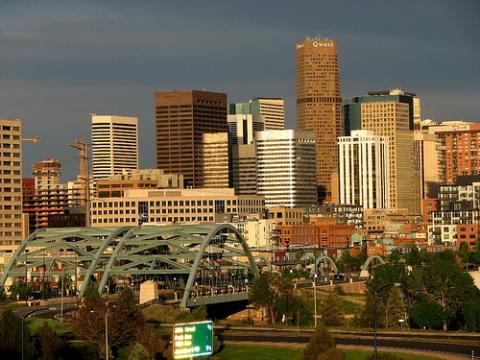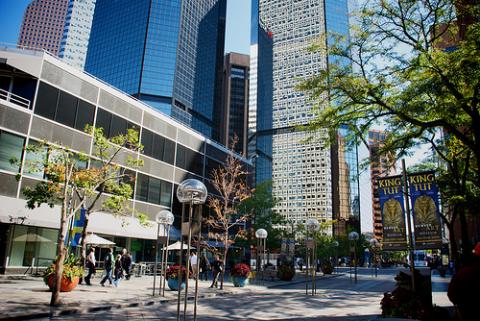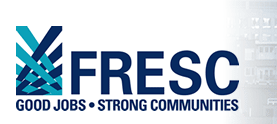Updated February 2017
Nicknamed the Mile City because its official elevation measures exactly one mile above sea level, Denver is the largest city in Colorado and its capital. Incorporated as a city in 1861 with less than 5,000 residents, Denver experienced significant growth when it was connected to the transcontinental railroad in 1870. Powered by the development of new industries, that growth largely continued until the 1980s, when the city’s population reached more than half a million residents, before briefly falling.
With its population rebounding in the 1990s due to an influx of young Americans from across the country and a surge of Mexican immigrants, Denver quickly recovered from the population losses it experienced a decade earlier. In fact, it is now the fastest growing major city in the U.S., with a 2015 estimated population of 682,545, a 14 percent increase from 2010. The city is 69 percent white American, 10 percent African American, and 3 percent Asian American. Approximately one-third of the population identifies as Hispanic or Latino American, and residents in their 20s and early 30s now make up Denver's largest age groups.
Denver is a leader in transit-oriented development, one of the city’s many contributions to community wealth building. For instance, the T-REX project, approved by voters in 1999, built a new 19 mile double-track light rail transit system with 13 new LRT stations, many of which have become the sites of transit-oriented development projects. To help ensure the creation and preservation of affordable housing in transit corridors, several Denver groups including the Urban Land Conservancy, Enterprise Community Partners, and the City and County of Denver, launched the Denver Transit-Oriented Development Fund in 2010. The revolving loan fund, which currently totals $24 million, is credited with preserving or creating 626 affordable homes and 120,000 square feet of commercial space, and creating over 700 jobs. A partnership between private, philanthropic, and nonprofit organizations, Mile High Connects also focuses on developing inclusive, affordable, and livable communities within walking distance of transit. Through its MHC Grant Fund, the nonprofit supports effective, inclusive approaches to building healthy, prosperous transit-oriented communities and is particularly interested in enabling under-resourced residents to help address transit equity issues.
Denver is also home to other notable community wealth initiatives. The Urban Land Conservancy (ULC) contributes to the surrounding community in a variety of ways, helping to secure land so that it remains affordable for schools, affordable housing, and office space for nonprofits, while also providing financing and coordination to local community projects and initiatives. As of 2015, ULC had invested nearly $68 million in community real estate, leveraging $115 million for the development of affordable housing and nonprofit facilities. Another organization, Belay Enterprises, founded Bud's Warehouse, a career and life-skills training social enterprise that employs individuals rebuilding their lives from addiction, homelessness, or prison. With the profits from Bud’s Warehouse, the nonprofit has been able to incubate several other businesses, several of which have been spun off after reaching self-sufficiency. Also focused on entrepreneurship, Mi Casa aims to foster the economic success of Denver’s Latino and working families. In 2015, its business center served 2,724 people and helped launch 82 new businesses.
An overview of community wealth building efforts follows:


